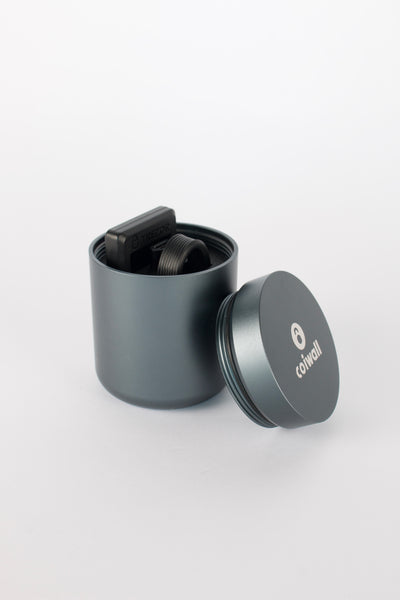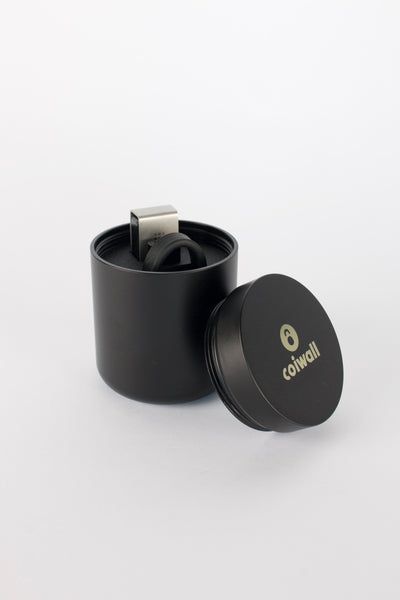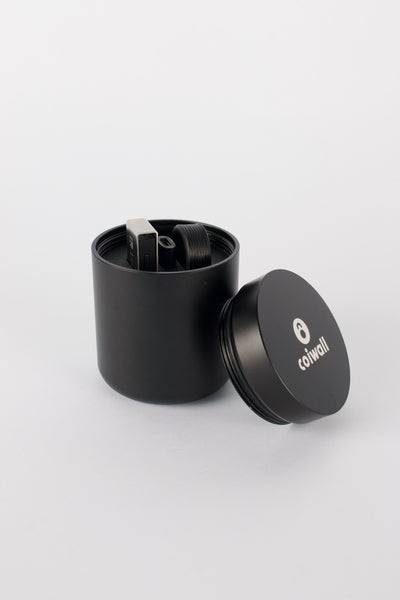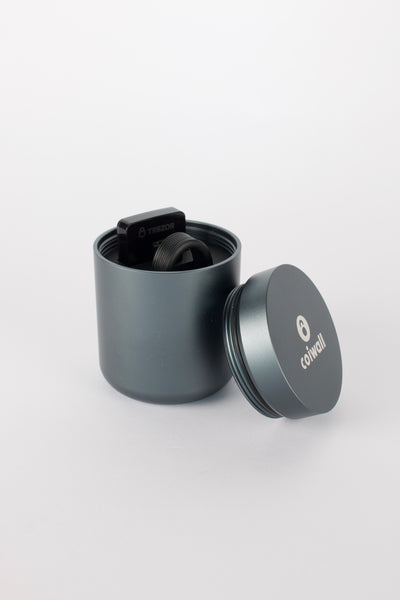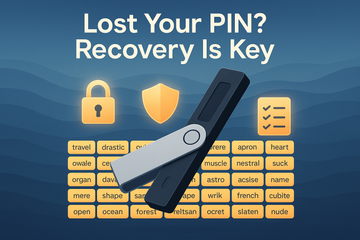Ever been in that heart-stopping moment where you look at your hardware wallet and just can't remember the PIN? You're not alone. It’s like suddenly forgetting the name of the person you talk to every day—it’s right on the tip of your tongue, but elusive. Take a deep breath. Let’s sort this out.
Stay Calm and Wallet On
The first thing you need to do is to relax. Sounds a bit counterintuitive, right? But believe me, panicking won’t get you anywhere—and your crypto isn't going anywhere either. Luckily, hardware wallets like Ledger and Trezor are designed with recovery in mind. So, breathe in, breathe out, and let’s explore our options.
The Secret Weapon: Your Recovery Seed
Here’s the thing: Your recovery seed is basically the golden ticket. When you set up your hardware wallet, you're given a recovery seed—12, 18, or 24 random words. This seed is your master key, and it’s crucial for situations like forgetting your PIN. If you’ve kept this seed safe, then you’re already halfway there.
If you remember where you stored it, great! Just ensure it’s complete and in the correct order. It might be tucked away in a safe, hidden under a mattress, or locked in a digital vault. Recovering access to your wallet using the seed involves resetting the hardware device and entering each word. Follow the manufacturer’s instructions (which can usually be found on their official website).
The Reset Route
Now, what if the PIN appears to be permanently lost? Resetting your device is often your next logical step. Let me explain: this seems drastic, but it’s not as scary as it sounds.
- Step 1: Connect your wallet to the computer and open the companion app, like Ledger Live or Trezor Suite.
- Step 2: Look for the device reset option. You might need to attempt PIN entry several times for this option to appear.
- Step 3: Follow the displayed steps to reset. It generally involves holding a button—or a combination of buttons—on your device.
- Step 4: After resetting, use your recovery seed to restore the wallet.
Once the reset is complete, your wallet will be just like new. It’s blank, so you’ll need your trusty recovery seed to bring your cryptos back into view.
Let’s Talk Trust and Safety
It’s worth discussing why these layers of security are in place. The PIN acts like a defense wall—yes, an annoying one occasionally—but a crucial guard against unauthorized access. Without your PIN or recovery seed, even the most adept hackers can't sniff around your assets.
Prevention is Golden
So you’ve been through the wringer and got your crypto back. What now? Well, it might be time to reassess how you secure your PIN and recovery seed. Here are a couple of tips to keep you from getting in this pickle again:
- Write down your recovery seed in multiple places, and store them in different secure locations.
- Consider using secure backup methods, such as encrypted digital storage.
- Create a mnemonic or method to remember your PIN—it doesn’t need to be overly complex.
- Stay on top of wallet maintenance updates. Trust me, they can help alleviate issues down the line.
Honestly, it’s a bit like keeping your car keys safe. Not glamorous, but pretty vital.
When in Doubt, Ask for Help
Maybe this sounds too overwhelming, or you still feel hazy about what to do. There's no shame in reaching out for help. Both Trezor and Ledger have solid support teams ready to guide users through such hiccups. Just be wary of scams and always verify that you’re communicating through official channels.
Final Thoughts
Remember, losing your PIN isn’t the end of the world—or your crypto. It’s a manageable setback, with tried and tested solutions. Next time you find yourself staring at your hardware wallet, take comfort in knowing you're prepared. Let's keep your digital coins safe—because, at the end of the day, safeguarding your assets is a crucial part of the crypto journey.
So, how about that? Crisis averted, right? You've got this!

